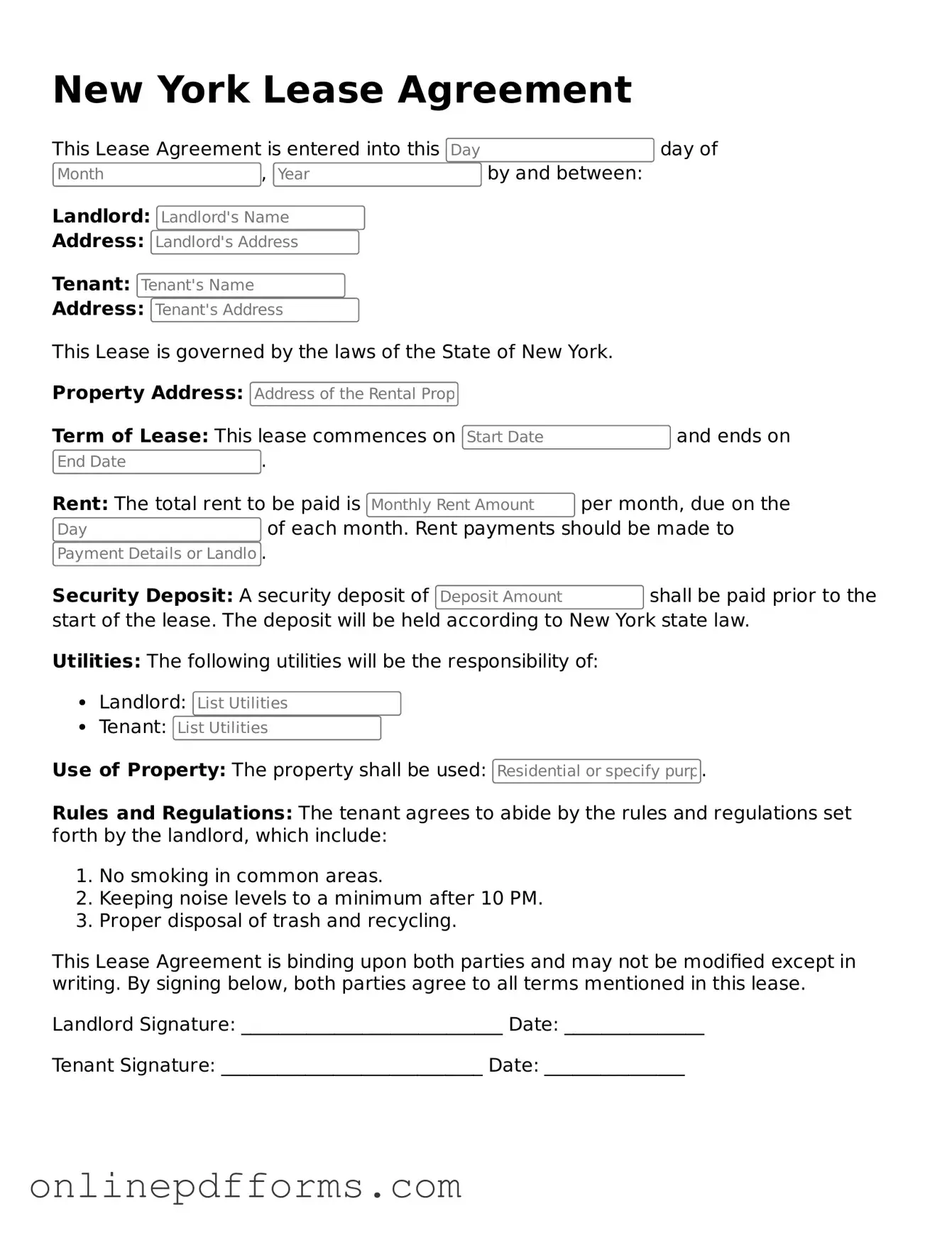A Rental Agreement is similar to a Lease Agreement in that both documents outline the terms under which a tenant can occupy a property. However, a Rental Agreement typically covers a shorter time frame, often month-to-month, while a Lease Agreement usually spans a longer duration, such as a year. Both documents specify rent amount, due dates, and responsibilities for maintenance, making them essential for defining the landlord-tenant relationship.
A Sublease Agreement allows a tenant to rent out their leased space to another person. Like a Lease Agreement, it includes details about the rental terms, such as duration and payment. The original tenant remains responsible for the lease with the landlord, but the sublease creates a new agreement between the original tenant and the subtenant, which can complicate responsibilities and rights.
A Commercial Lease Agreement is tailored for business properties, while a residential Lease Agreement focuses on homes. Both types of leases outline rent, term length, and maintenance responsibilities. However, commercial leases often include additional clauses related to business operations, zoning laws, and property modifications, reflecting the different nature of commercial versus residential use.
A Month-to-Month Rental Agreement provides flexibility for both landlords and tenants. Similar to a Lease Agreement, it outlines terms such as rent and maintenance responsibilities. However, it allows either party to terminate the agreement with proper notice, making it suitable for those who may need to move or change living situations quickly.
A Roommate Agreement is a more informal document that outlines the responsibilities and expectations between individuals sharing a rental space. While it may not be legally binding like a Lease Agreement, it serves a similar purpose by clarifying rent payments, shared expenses, and household rules to prevent conflicts among roommates.
A Lease Option Agreement combines a lease with an option to purchase the property at a later date. Similar to a standard Lease Agreement, it includes terms for rent and property maintenance. However, it also provides the tenant with the right to buy the property, adding a layer of complexity and potential for investment.
A Tenancy Agreement is another term often used interchangeably with a Lease Agreement, particularly in some states. It outlines the same key elements, such as rent, duration, and responsibilities. The primary difference lies in regional terminology, but both documents serve to protect the rights and obligations of landlords and tenants.
A Fixed-Term Lease Agreement specifies a set duration for the lease, typically one year. This is similar to a standard Lease Agreement but emphasizes the commitment to a specific time frame. Both documents detail rent, maintenance, and tenant rights, but a fixed-term lease may offer more stability for both parties.
A Lease Addendum is an additional document that modifies or adds to an existing Lease Agreement. It can address changes in terms, such as pet policies or late fees. While it supplements the original lease, it serves a similar purpose in clarifying the rights and responsibilities of both landlords and tenants.
